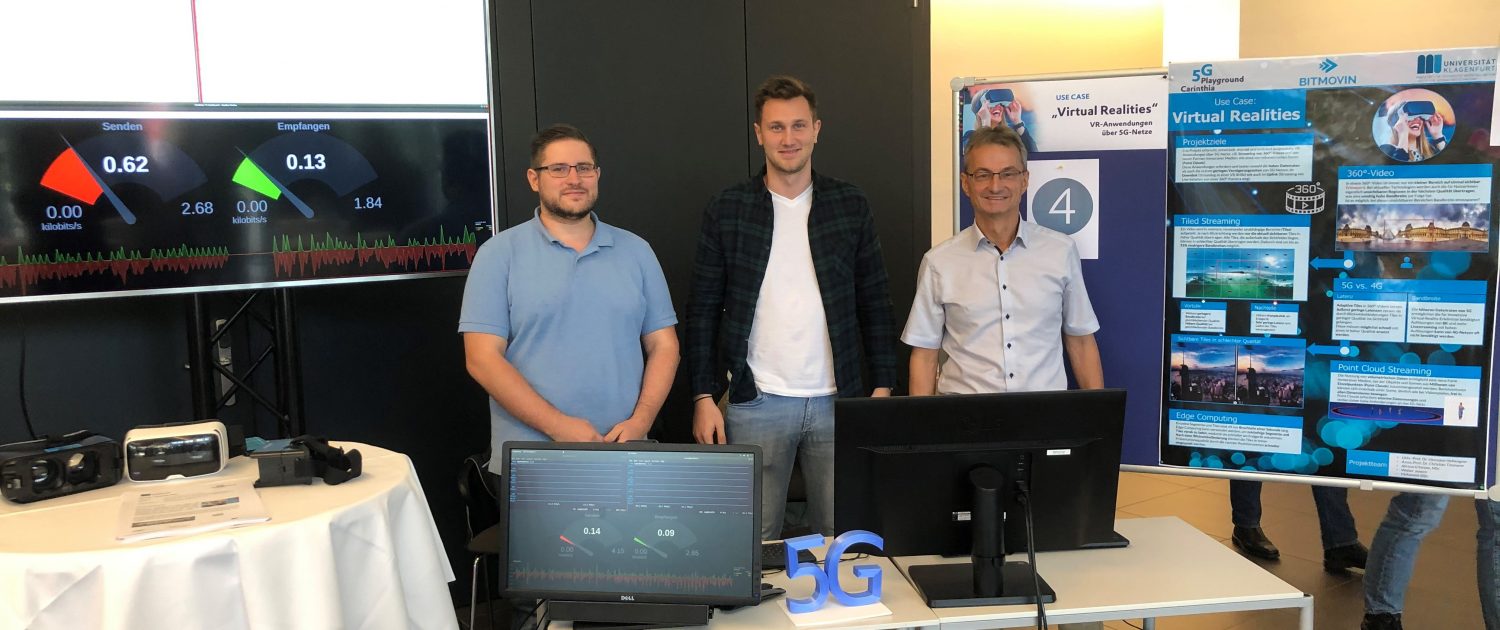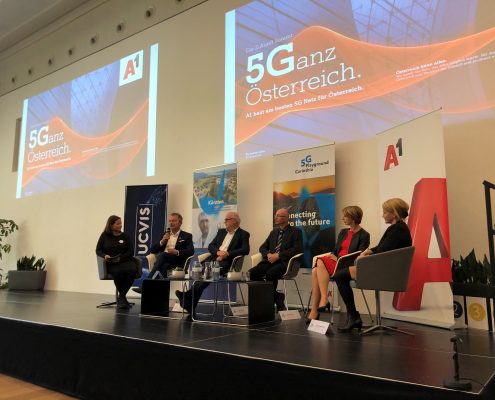Authors: Hadi Amirpour (Alpen-Adria-Universität Klagenfurt), Christian Timmerer (Alpen-Adria-Universität Klagenfurt, Bitmovin), and Mohammad Ghanbari (University of Essex)
Abstract: Holography is able to reconstruct a three-dimensional structure of an object by recording full wave fields of light emitted from the object. This requires a huge amount of data to be encoded, stored, transmitted, and decoded for holographic content, making its practical usage challenging especially for bandwidth-constrained networks and memory-limited devices. In the delivery of holographic content via the internet, bandwidth wastage should be avoided to tackle high bandwidth demands of holography streaming. For real-time applications, encoding time-complexity is also a major problem. In this paper, the concept of dynamic adaptive streaming over HTTP (DASH) is extended to holography image streaming and view-aware adaptation techniques are studied. As each area of a hologram contains information of a specific view, instead of encoding and decoding the entire hologram, just the part required to render the selected view is encoded and transmitted via the network based on the users’ interactivity. Four different strategies, namely, monolithic, single view, adaptive view, and non-real time streaming strategies are explained and compared in terms of bandwidth requirements, encoding time-complexity, and bitrate overhead. Experimental results show that the view-aware methods reduce the required bandwidth for holography streaming at the cost of a bitrate increase.
Keywords: Holography, compression, bitrate adaptation, dynamic adaptive streaming over HTTP, DASH.









 Mit dem 5G Summit Carinthia, ein Kurzsymposium zur neuen Mobilfunktechnologie 5G, wurde heute der 5G Playground Carinthia feierlich eröffnet. Der 5G Playground Carinthia ist österreichweit die erste Serviceeinrichtung für die Erforschung und Weiterentwicklung von 5G-spezifischen Anwendungen, Services und Geschäftsmodellen. Das Bundesministerium für Verkehr, Innovation und Technology (BMVIT) sowie das Land Kärnten finanzieren dieses einzigartige Forschungslabor im Süden Österreichs. A1 Telekom Austria stellt die technische Infrastruktur zur Verfügung.
Mit dem 5G Summit Carinthia, ein Kurzsymposium zur neuen Mobilfunktechnologie 5G, wurde heute der 5G Playground Carinthia feierlich eröffnet. Der 5G Playground Carinthia ist österreichweit die erste Serviceeinrichtung für die Erforschung und Weiterentwicklung von 5G-spezifischen Anwendungen, Services und Geschäftsmodellen. Das Bundesministerium für Verkehr, Innovation und Technology (BMVIT) sowie das Land Kärnten finanzieren dieses einzigartige Forschungslabor im Süden Österreichs. A1 Telekom Austria stellt die technische Infrastruktur zur Verfügung. Philipp Moll presented the paper “Inter-Server Game State Synchronization using Named Data Networking” on the
Philipp Moll presented the paper “Inter-Server Game State Synchronization using Named Data Networking” on the